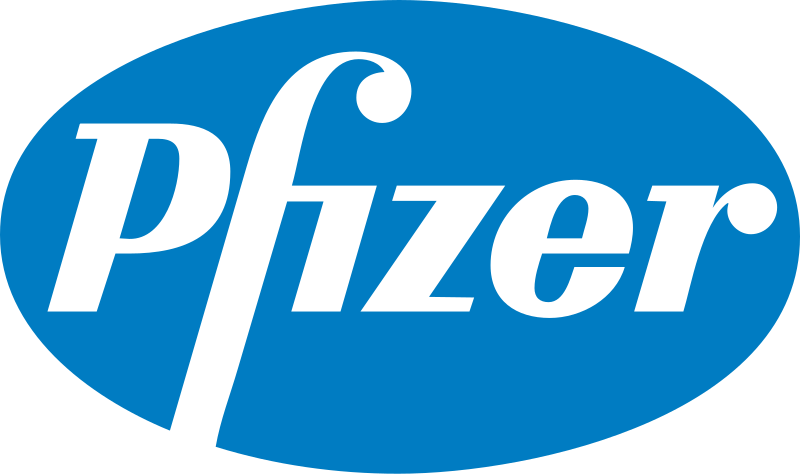Chapter 2 Munger and Town’s lessons2
2.1 Charlie Munger’s four principles of investing
- It must be a business within your circle of competence.
- The business should have intrinsic characteristics that give it a durable competitive advantage.
- The business should have management with integrity and talent.
- The business should be available for a fair price that gives a “margin of safety.”
2.2 Five and a half moats
| Moat | Example |
|---|---|
| Strong brand |
  
|
|
Painful switching (Network effect) |
   
|
|
Toll bridge (Monopoly) |
 
|
|
Secret (Patent) |
  
|
| Price |
 
|
References
Town, D., & Town, P. (2018). Invested: How warren buffett and charlie munger taught me to master my mind, my emotions, and my money (with a little help from my dad). William Morrow, an imprint of HarperCollinsPublishers.